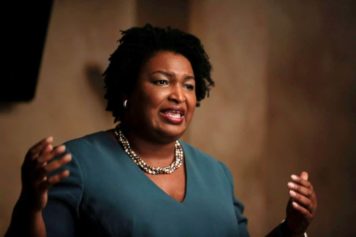
“She has the Doc McStuffins sheets. She has the Doc McStuffins doll. She has the Doc McStuffins purse. She has Doc McStuffins clothes,” said Jade’s mother, Melissa Woods, of Lynwood, California.
“I think what attracts her is, ‘Hey, I look like her, and she looks like me,’ ” Woods said of the character, an African-American child who acts as a doctor to her stuffed animals.
With about $500 million in sales last year, Doc McStuffins merchandise seems to be setting a record as the best-selling toy line based on an African-American character, industry experts say.
Its blockbuster success reflects, in part, the country’s changing consumer demographics, experts say, with more children from minority backgrounds providing an expanding, less segregated marketplace for shoppers and toymakers.
But what also differentiates Doc — and Dora the Explorer, an exceptionally popular Latina character whose toy line has sold $12 billion worth of merchandise over the years, Nickelodeon executives say — is her crossover appeal.
“The kids who are of color see her as an African-American girl, and that’s really big for them,” said Chris Nee, the creator of Doc McStuffins. “And I think a lot of other kids don’t see her color, and that’s wonderful as well.”
Nancy Kanter, general manager of Disney Junior Worldwide, which developed Doc McStuffins — and who suggested the character be African-American in the first place — said Doc’s wide-ranging fan base could be gleaned from a spreadsheet.
“If you look at the numbers on the toy sales, it’s pretty obvious that this isn’t just African-American families buying these toys,” Kanter said. “It’s the broadest demographics possible.”
Read more at www.nytimes.com


